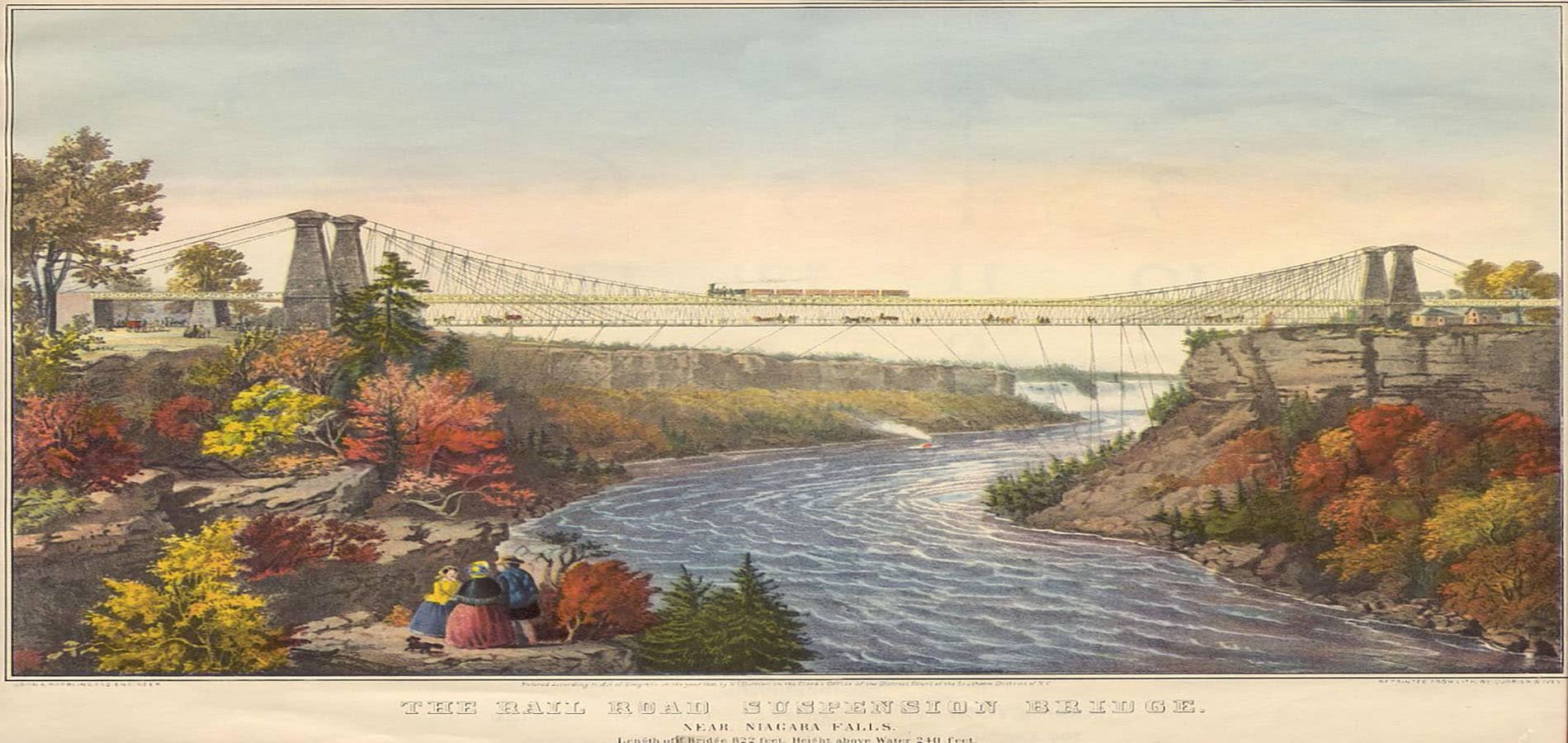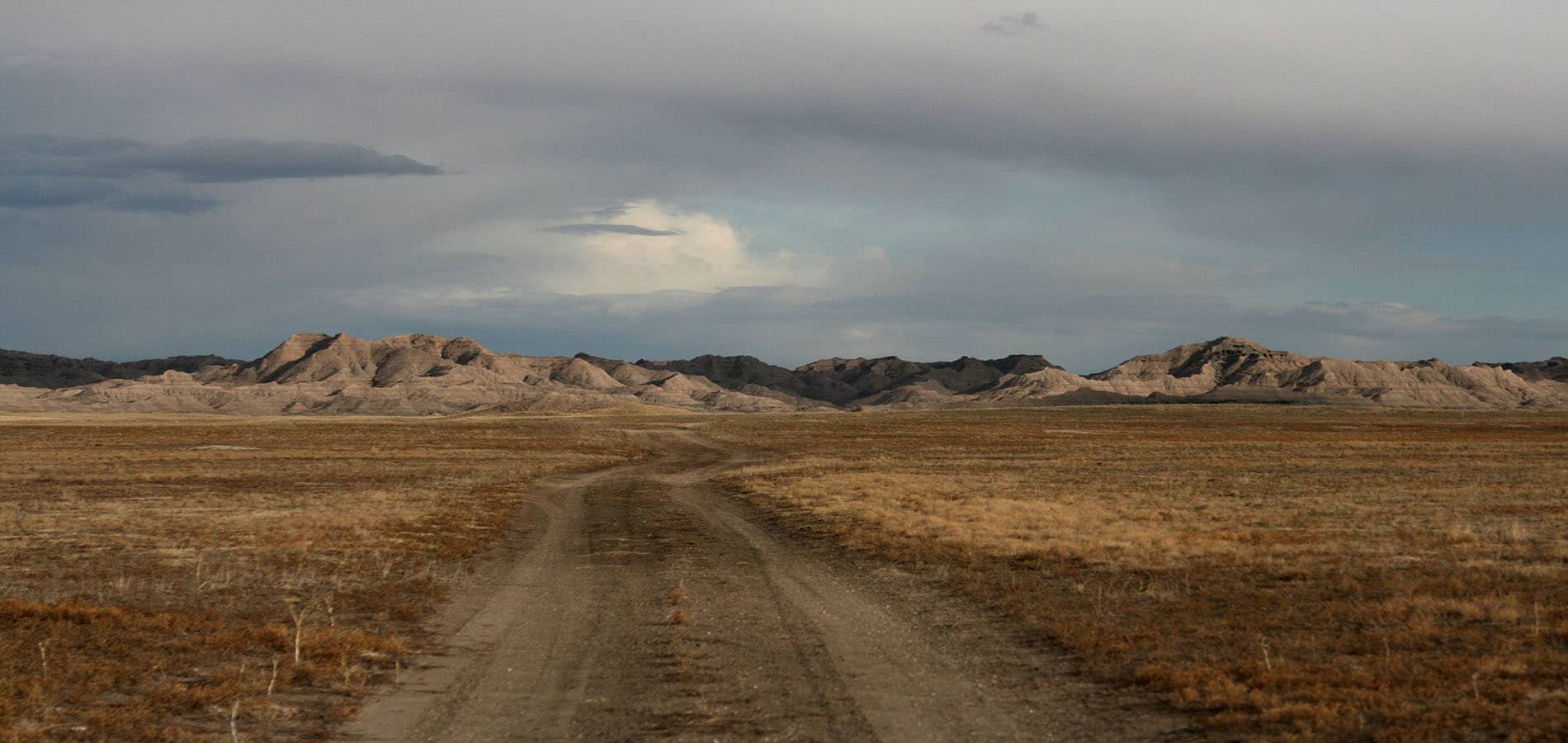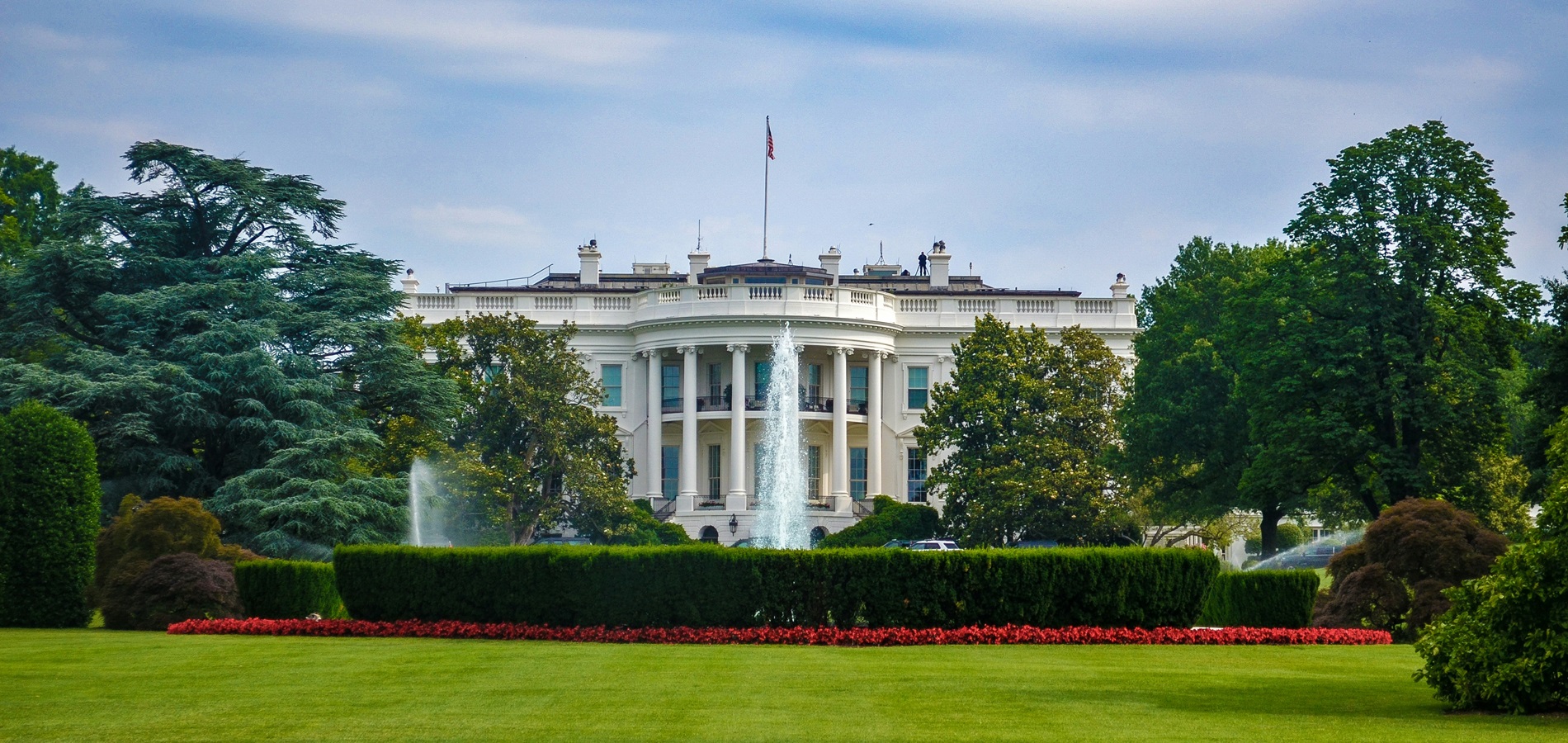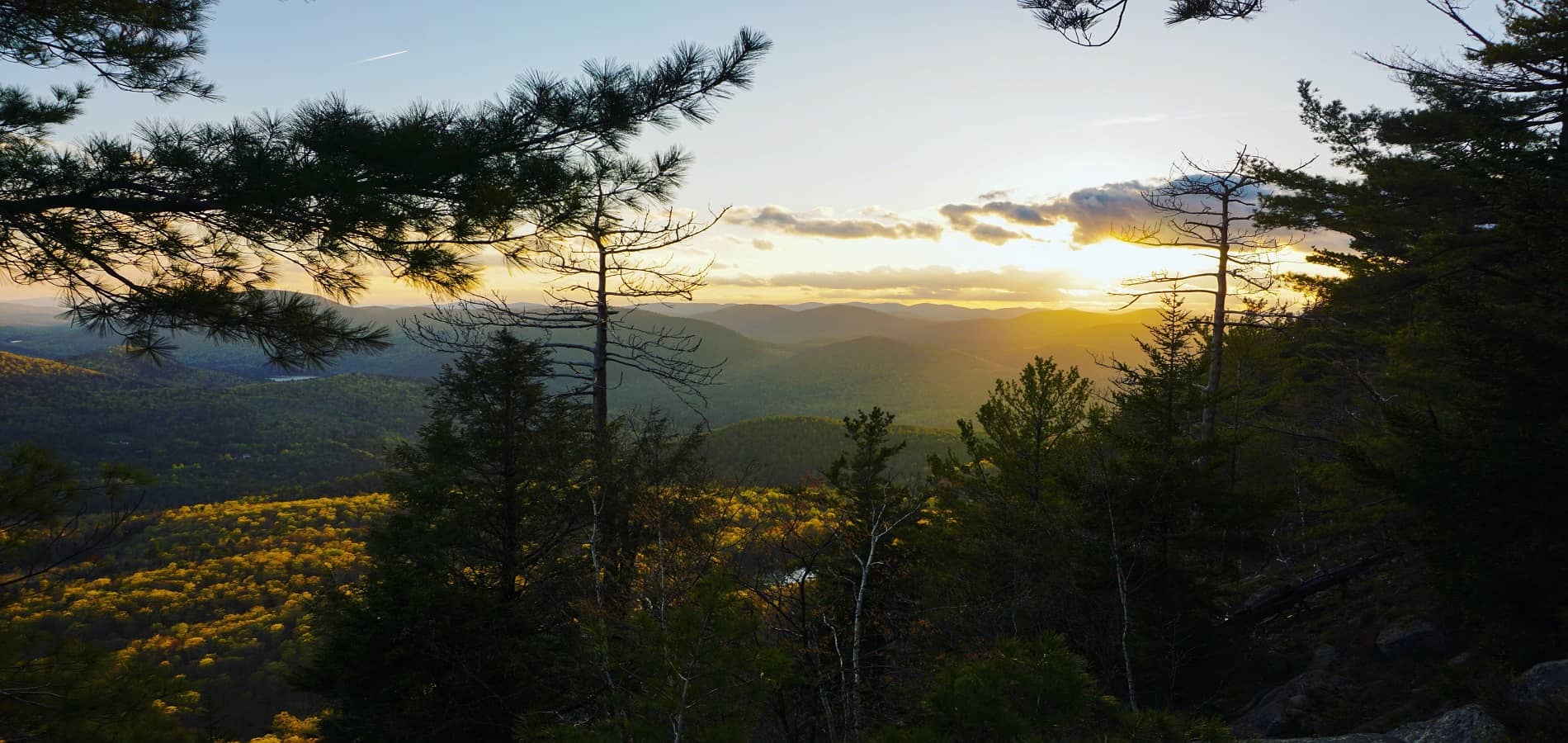
4 Trials of Infamous Pirates
In the 17th and 18th centuries, transporting people and goods back and forth between the colonies and Europe was a lucrative business for the thousands of merchant mariners who sailed the seas. So too was piracy.

In the 17th and 18th centuries, transporting people and goods back and forth between the colonies and Europe was a lucrative business for the thousands of merchant mariners who sailed the seas. So too was piracy.

In the decades before the American Civil War, the waitstaff at a luxury hotel in Niagara Falls acted as secret agents of the Underground Railroad, ferrying dozens to freedom in Canada.

In February 1973, Indigenous activists arrived in the town of Wounded Knee, South Dakota, site of the massacre in 1890, kicking off a months-long standoff with federal troops.

In 1837, a rebellion in Canada and the destruction of an American steamship brought the United States and Great Britain to the brink of war.

What happens when no presidential candidate wins a majority in the Electoral College? The election goes to the House of Representatives, and things get a little messy.

In 1930, near the town of Gauley Bridge, West Virginia, 3,000 men worked in ten-hour shifts drilling through sandstone to construct the Hawk’s Nest Tunnel. Within five years, more than 750 of those men would die of a deadly and preventable disease.

Near the end of World War I, Eugene Debs delivered an anti-war speech in Ohio. Two weeks later, he was arrested and imprisoned for his words. In 1920, he ran for president from his prison cell, ultimately waging the most successful campaign by a socialist candidate in American history.

In this post, we’ll be diving into the history and principles of three theories of constitutional interpretation—originalism, legal realism, and living constitutionalism—and analyzing how these different theories have been put into practice in rulings of the Court.

On May 5, 1925, Tennessee high school teacher John Scopes was charged with the crime of teaching his students about the science of human evolution. The Scopes Monkey Trial, as it came to be known, was a national spectacle, and continues to influence First Amendment interpretation today.

New York State’s Adirondack Park is the largest state park outside of Alaska, consisting of six million acres of protected land in Upstate New York. Since 1892, these lands have been protected as “forever wild” by the New York State Constitution.